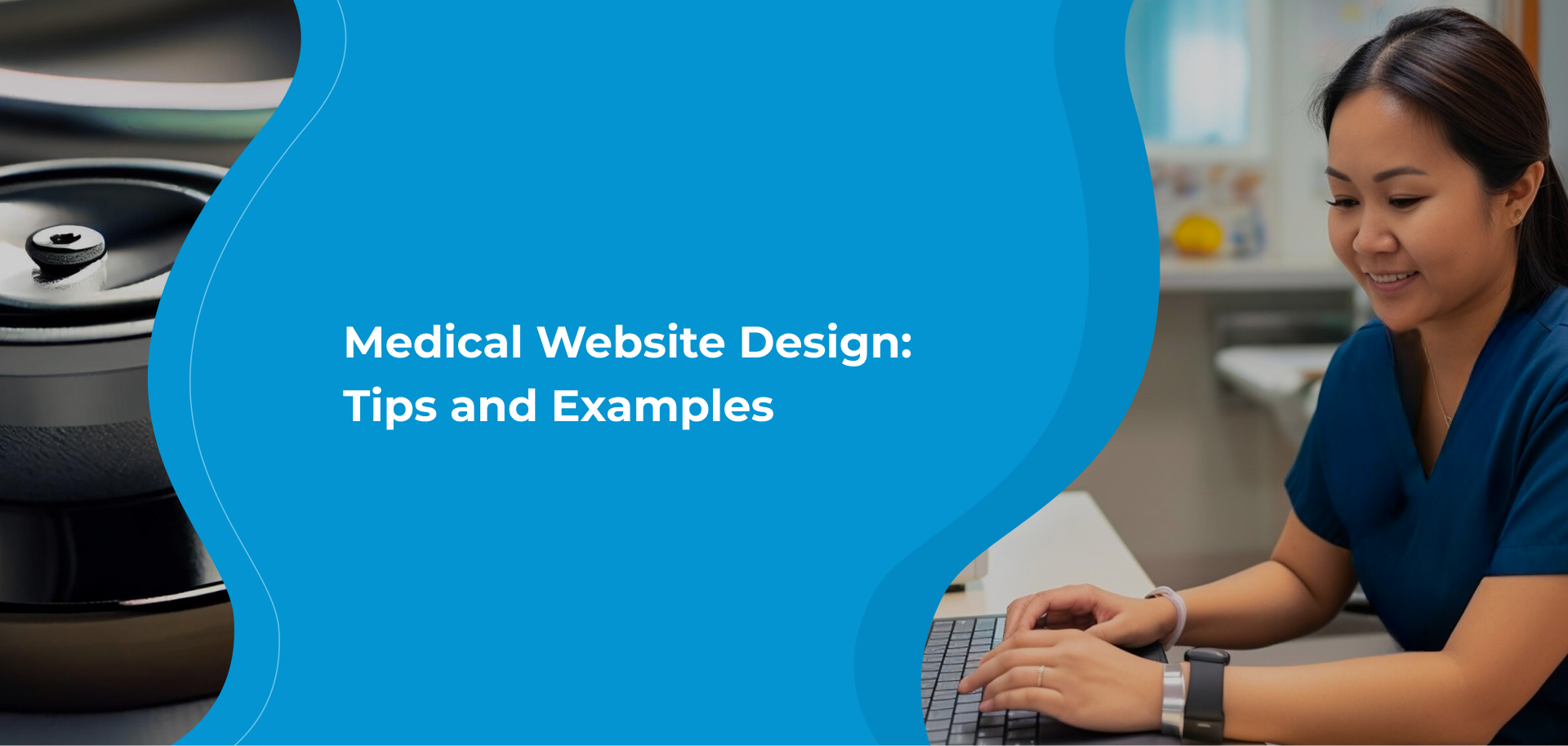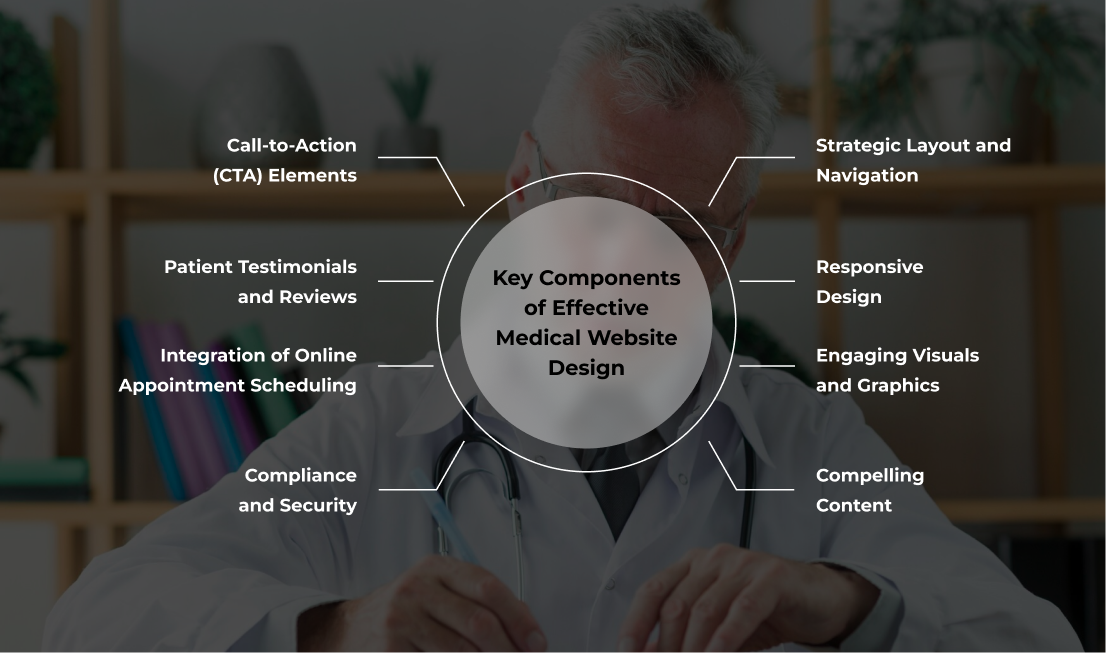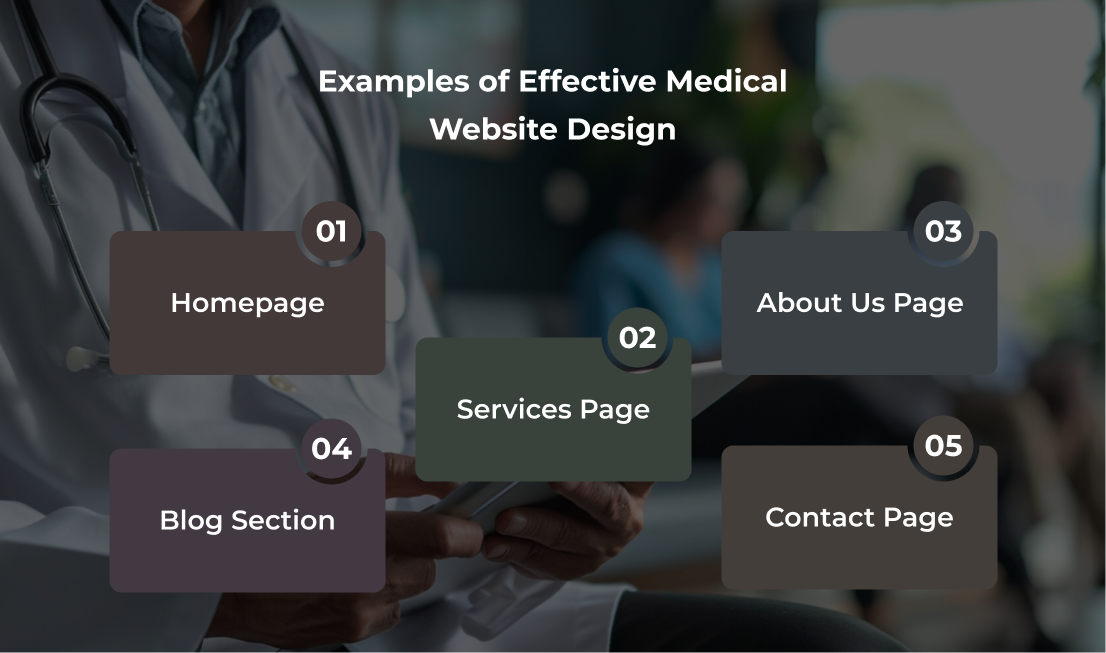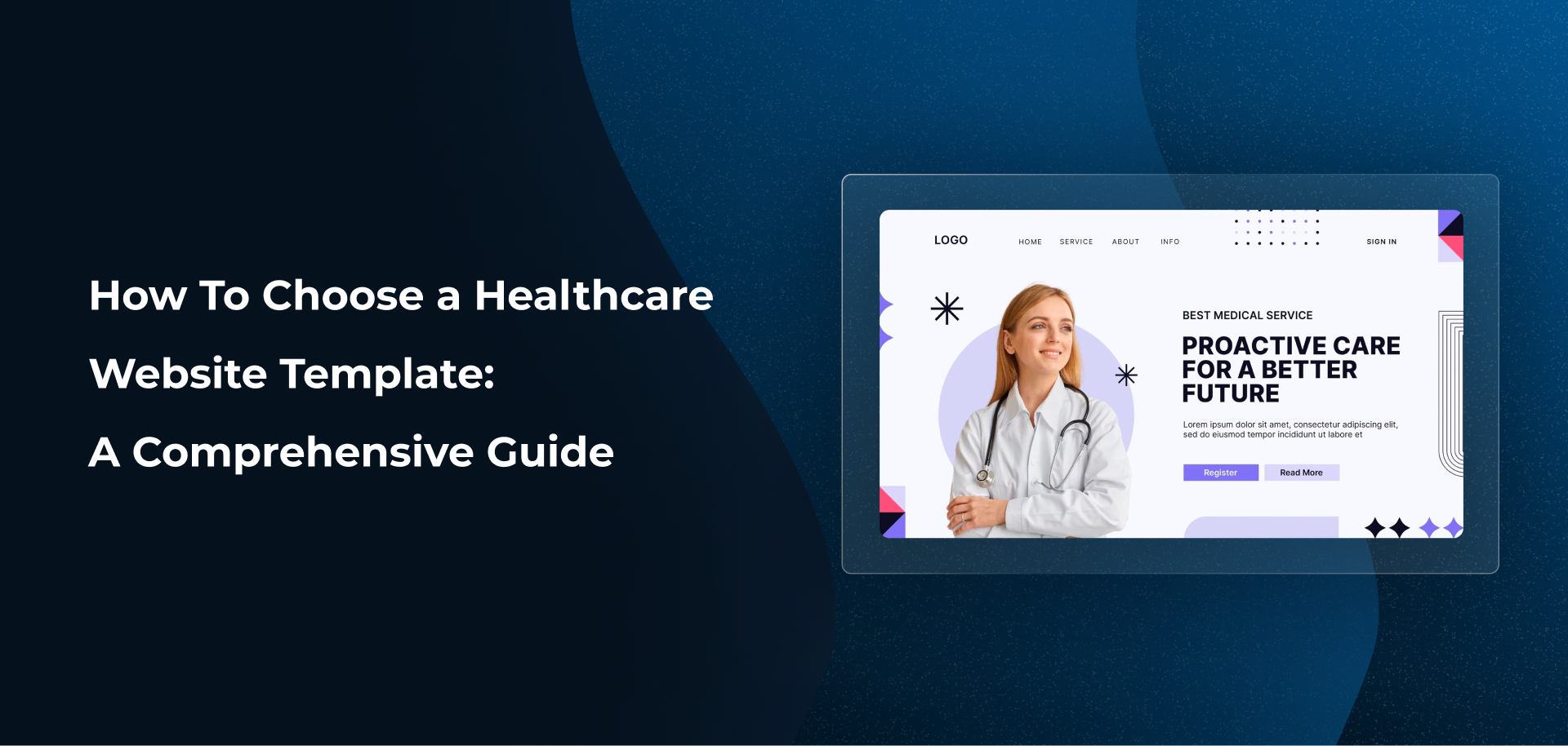Medical Website Design: Tips and Examples

In the contemporary healthcare landscape, a captivating and functional online presence is indispensable for medical practices. A meticulously crafted website not only serves as a digital storefront but also establishes credibility, fosters patient engagement, and streamlines administrative tasks. Navigating the realm of medical website design can be daunting, but with the right knowledge and tools, practices can create a compelling online presence that resonates with patients. In this comprehensive guide, we’ll explore the intricacies of medical website design while incorporating essential keywords like healthcare website design, medical website templates, and medical web design templates.
Understanding the Essence of Medical Website Design
At its core, medical website design encompasses the fusion of aesthetics, functionality, and user experience tailored to the unique needs of healthcare practices. It’s not merely about aesthetics but also about creating an intuitive and informative platform that addresses patients’ needs and expectations. With healthcare website templates and medical website design templates, practices can leverage pre-designed frameworks to expedite the design process while ensuring professionalism and functionality.

Key Components of Effective Medical Website Design
Strategic Layout and Navigation:
A well-organized layout with intuitive navigation is paramount for guiding visitors seamlessly through the website. Utilize clear menu options, dropdowns, and breadcrumbs to facilitate easy navigation and access to relevant information.
Responsive Design:
In today’s mobile-centric world, responsive design is non-negotiable. Ensure that your website adapts seamlessly to various screen sizes and devices, providing an optimal viewing experience for visitors on smartphones, tablets, and desktops.
Engaging Visuals and Graphics:
Incorporate high-quality images, videos, and graphics that resonate with your target audience and effectively convey your practice’s ethos and services. Avoid clutter and opt for visuals that enhance rather than detract from the user experience.
Compelling Content:
Content is king in medical website design. Provide informative and engaging content that educates and empowers patients while showcasing your expertise and services. Incorporate relevant keywords naturally to improve search engine visibility and attract organic traffic.
Call-to-Action (CTA) Elements:
Strategically place clear and compelling CTAs throughout the website to encourage desired actions from visitors, such as scheduling appointments, subscribing to newsletters, or contacting the practice.
Patient Testimonials and Reviews:
Leverage the power of social proof by prominently featuring patient testimonials and reviews that highlight positive experiences and outcomes. Authentic testimonials instill trust and confidence in potential patients and serve as compelling endorsements of your practice.
Integration of Online Appointment Scheduling:
Simplify the appointment booking process for patients by integrating online scheduling features directly into your website. Streamline administrative tasks and improve patient satisfaction by offering convenient and hassle-free appointment booking options.
Compliance and Security:
Prioritize patient privacy and data security by implementing robust security measures and ensuring compliance with relevant regulations such as HIPAA. Encrypt sensitive information, secure online forms, and regularly update security protocols to safeguard patient data.

Examples of Effective Medical Website Design
Homepage:
A welcoming and visually appealing homepage that provides a snapshot of your practice’s offerings, expertise, and unique selling points. Incorporate eye-catching visuals, succinct messaging, and prominent CTAs to engage visitors and encourage further exploration.
Services Page:
An informative and well-structured services page that outlines the various services offered by your practice, along with detailed descriptions, benefits, and frequently asked questions. Use clear headings, bullet points, and visuals to enhance readability and comprehension.
About Us Page:
A compelling and authentic About Us page that introduces visitors to your practice’s history, mission, values, and team members. Share personal anecdotes, professional achievements, and photos to humanize your practice and establish trust with potential patients.
Blog Section:
A dynamic and regularly updated blog section featuring informative and relevant content on healthcare topics, trends, and patient testimonials. Use the blog to showcase your expertise, share insights, and engage with patients on a deeper level.
Contact Page:
An easily accessible and user-friendly contact page that provides multiple contact options, including phone numbers, email addresses, and online contact forms. Include a map with directions to your practice location and business hours for added convenience.

Effective medical website design is a multifaceted endeavor that requires careful planning, creativity, and attention to detail. By incorporating strategic layout and navigation, engaging visuals, compelling content, and user-friendly features, practices can create a captivating online presence that resonates with patients and reinforces their reputation as trusted healthcare providers. With the abundance of healthcare website templates and medical web design templates available, practices have the resources and tools needed to create impactful websites that elevate their online presence and attract new patients.
Build a professional website, and start managing your practice like a pro
Experience infinite possibilities beyond basic templates
30+ free, customisable templates, meticulously researched and tailored for an optimal patient experience.







